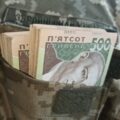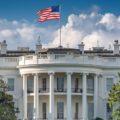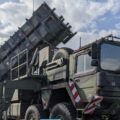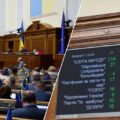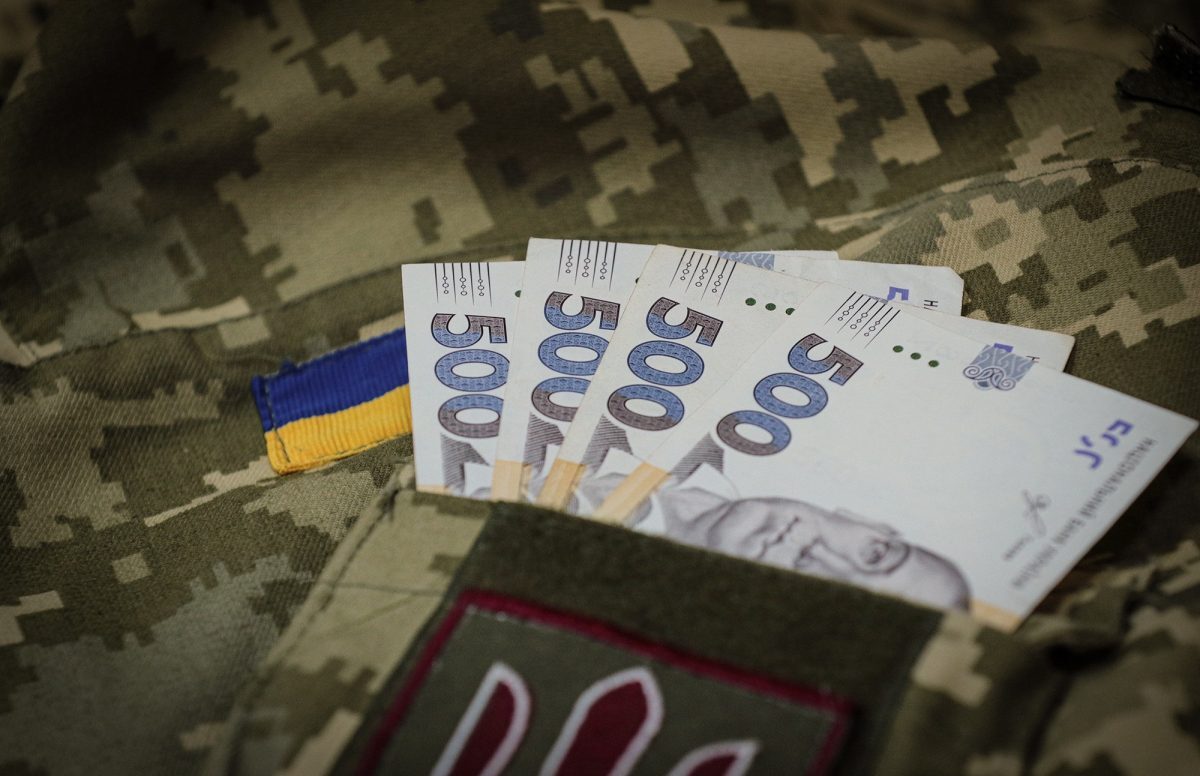
Ukraine increases defense budget by UAH 412.3 billion in 2025: new law, priorities, and funding sources
On July 31, the Verkhovna Rada of Ukraine adopted in the first reading and as a whole Draft Law No. 13573, amending the State Budget for 2025.
This document is a direct response to the urgent need to strengthen funding for the security and defense sector amid a protracted war and the army’s growing needs.
332 Members of Parliament supported the decision. There was not a single vote against it unprecedented unity even in wartime.
The draft law was developed and submitted by the leadership of the Verkhovna Rada: Speaker Ruslan Stefanchuk, deputy speakers, and the chair of the budget committee, Roksolana Pidlasa. They initiated the replacement of the previous document, No. 13439‑3, from which non-priority or secondary expenditures were removed, focusing exclusively on defense.
The new budget law adds UAH 412.3 billion to national security and defense spending.
The structure of the expenditures is clearly defined:
- UAH 115 billion for monetary allowances for all service members across the Defense Forces (the Armed Forces, National Guard, State Border Guard Service, SBU, Ministry of Internal Affairs, etc.). This directly addresses the acute issue of payment delays repeatedly flagged by the military and the Ministry of Defense.
- UAH 216 billion for the procurement and production of weapons, military equipment, and drones. This includes both direct government contracts and co-financing with private manufacturers, as well as the import of critically needed technologies.
- The remaining UAH 81.3 billion for other urgent army needs: logistics, equipment maintenance and repairs, fuel, medical support, and infrastructure projects in frontline areas.
For the first time, the law formally introduces a new personal income tax (PIT) allocation mechanism to support the army:
- 60% of PIT revenues to the Ministry of Defense for drones, weapons, and equipment,
- 30% to the State Service for Special Communications for drone procurement,
- 10% directly for the specific needs of combat brigades.
“This law will allow us to avoid payment delays for the military in August, as well as enable the purchase of the critical number of drones and weapons needed for new operations,” commented Roksolana Pidlasa, chair of the budget committee.
Sources of Funding: Where the Additional UAH 412.3 Billion Will Come From
The Cabinet of Ministers and the budget committee proposed a combination of sources to promptly supplement the budget:
- UAH 184.9 billion from the placement of domestic government bonds (OVDP), i.e., borrowing on the financial market.
- UAH 147.5 billion from overperformance of state budget revenues (increased tax and customs receipts in the first half of the year, thanks to economic growth).
- UAH 65.1 billion by reducing spending on OVDP redemption (optimization of the debt portfolio and partial restructuring of obligations).
- UAH 11.2 billion by lowering debt servicing costs (due to favorable currency fluctuations and interest rates).
This comprehensive approach not only avoids a budget deficit but also preserves fiscal stability in the context of wartime spending.
What Problems This Budget Solves
- Stable payments for the military: in recent months, there have been delays and risks of reduced bonuses in military units, negatively affecting morale. The new law effectively guarantees stable payments to all service members until the end of the year.
- Accelerated modernization of weaponry: the allocation of record funds for equipment procurement and production is not just a response to the shortage of drones and artillery, but also an attempt to build up reserves for new phases of the war.
- Flexibility and transparency: the clear PIT distribution mechanism, defined priorities, and targeted funding reduce corruption risks, as funds are now “tied” to concrete military tasks.
- Preparation for a potentially protracted conflict: the government is laying plans not only for “survival” but also for gradually building up defense capacity in case the war lasts longer than expected.
“These are not just numbers. This is the foundation for combat effectiveness, motivation, and the trust of soldiers in the state. Without transparent funding, we cannot withstand a prolonged war,” stated Verkhovna Rada Speaker Ruslan Stefanchuk.
Why This Happened Now: Political and Economic Context
The adoption of the budget amendment law took place amid several key factors:
- Intensification of fighting in the south and east, requiring redeployment of additional reserves and new equipment.
- Financial pressure due to rising costs for weapons and logistics.
- Social demand:
Society demanded not only reports but also real action to support the military the issue of payments became a symbol of justice and public trust in the government.
Risks and Next Steps
- Additional borrowing through OVDP increases domestic debt, but so far the market remains stable, and experts do not foresee crisis scenarios.
- Meeting revenue targets depends on the overall economic situation and cooperation with international partners.
- Continuous auditing and control over the targeted use of funds are necessary without this, the new budget will not produce the required effect and will merely “patch holes.”
Draft Law No. 13573 is an example of a swift and flexible response by the authorities to the real challenges of war. It demonstrates not only the scale of financial efforts but also the intention to ensure transparency and responsibility in the allocation of funds.
The new structure of defense spending is not just a matter of survival it lays the groundwork for future decisions on army modernization and state security.
Further effectiveness will depend on how well these funds are used for their intended purposes and whether the state can maintain a balance between defense and social needs in the context of a protracted war.




